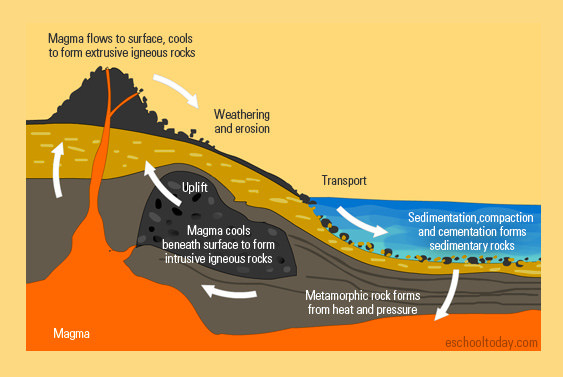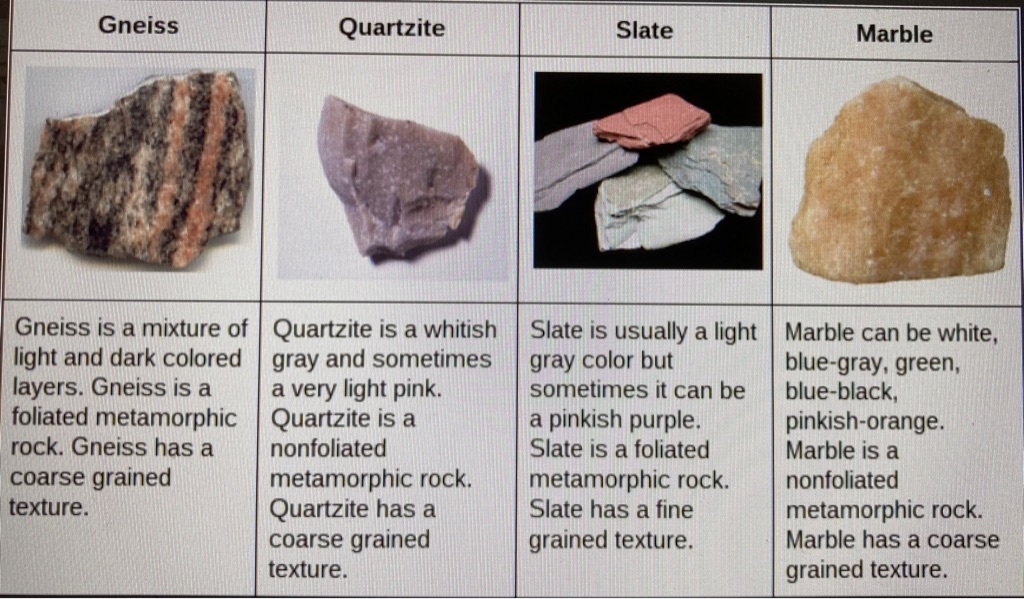Number 1621 in a series of caches where a red telephone box is in close proximity to a post box. The only rules are that they have to be able to be photographed together, be not more than 100’ apart and the phone boxes have to be red.

Loch Long, in the west of the Loch Lomond and The Trossachs National Park, forms a sea loch extending 20 miles from the Firth of Clyde at its southwestern end. The loch forms a long indent with the coast of the Cowal Peninsula on one side and the entire western coastline of the Rosneath Peninsula on the other side.
This EarthCache will help you learn about Dalriadian rocks, which can be seen on the shores of Loch Long.
Dalradian is a geological term describing a series of metamorphic rocks. It was named after the old Celtic region of Dál Riata (Dalriada) by the geologist, Sir A Geikie, in 1891, and the term now covers a range of metamorphic rocks from slates, phylites and schists, to quartzites, gneisses, amphibolites and marbles.
Metamorphic rocks started out as some other type of rock, but have been substantially changed from their original igneous, sedimentary, or earlier metamorphic form. Metamorphic rocks form when rocks are subjected to high heat, high pressure, hot mineral-rich fluids or, more commonly, some combination of these factors. Conditions like these are found deep within the Earth.

Process of Metamorphism:
The process of metamorphism does not melt the rocks, but instead transforms them into denser, more compact rocks. New minerals are created either by rearrangement of mineral components or by reactions with fluids that enter the rocks. Pressure or temperature can even change previously metamorphosed rocks into new types. Metamorphic rocks are often squished, smeared out, and folded. Despite these uncomfortable conditions, metamorphic rocks do not get hot enough to melt, or they would become igneous rocks.
The rocks that result from these processes often have ribbon-like layers and may have shiny crystals. Here are some examples:

Foliated metamorphic rocks such as gneiss, phyllite, schist, and slate have a layered or banded appearance that is produced by exposure to heat and directed pressure. Non-foliated metamorphic rocks such as hornfels, marble, quartzite, and novaculite do not have a layered or banded appearance.Metamorphic rocks are usually harder and denser than other rocks because of the intense heat and pressure they are placed under. We can also look for bands and foliations in the rocks. The thicker the band, the more pressure the rock was under when it was being formed.
1. Describe the rocks that you can see at the side of the pier.
2.. Having read the information above, do you think the rocks are foliated or non-foliated?
3. Please provide a photo of yourself or a personal item near GZ.
Answers to questions 1 and 2 should be sent by the message centre or email. Please DO NOT include the answers in your log.
Please send your answers BEFORE logging the cache. You do not need to wait for a reply, but if there is a problem, we will let you know. ANY LOGS ENTERED WITHOUT ANSWERS BEING SENT WITHIN TWO WEEKS WILL BE DELETED.
CONGRATULATIONS TO ABRACHHUTCHISON FOR BEING THE FTF
The A Fine Pair series is managed by mattd2k. If anybody would like to place 'A Fine Pair' of their own please do. I would just ask that you first visit A Fine Pair website http://www.afinepair.co.uk to request a number to avoid any duplication. mattd2k also keeps a public Bookmark List of this series. Once your cache is published please contact him via the A Fine Pair website http://www.afinepair.co.uk to have yours added.